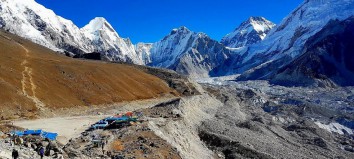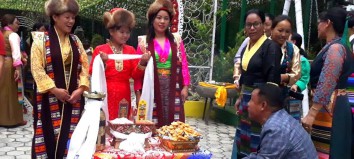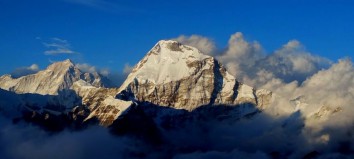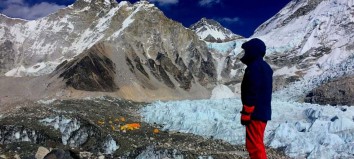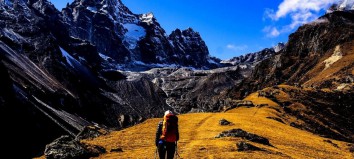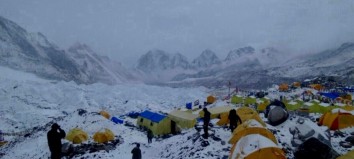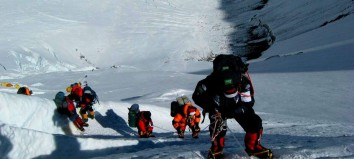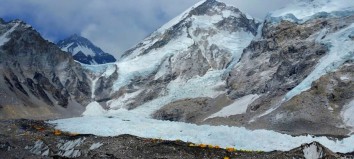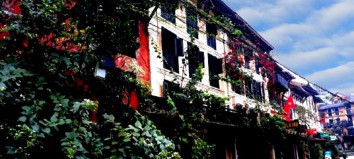Stupas
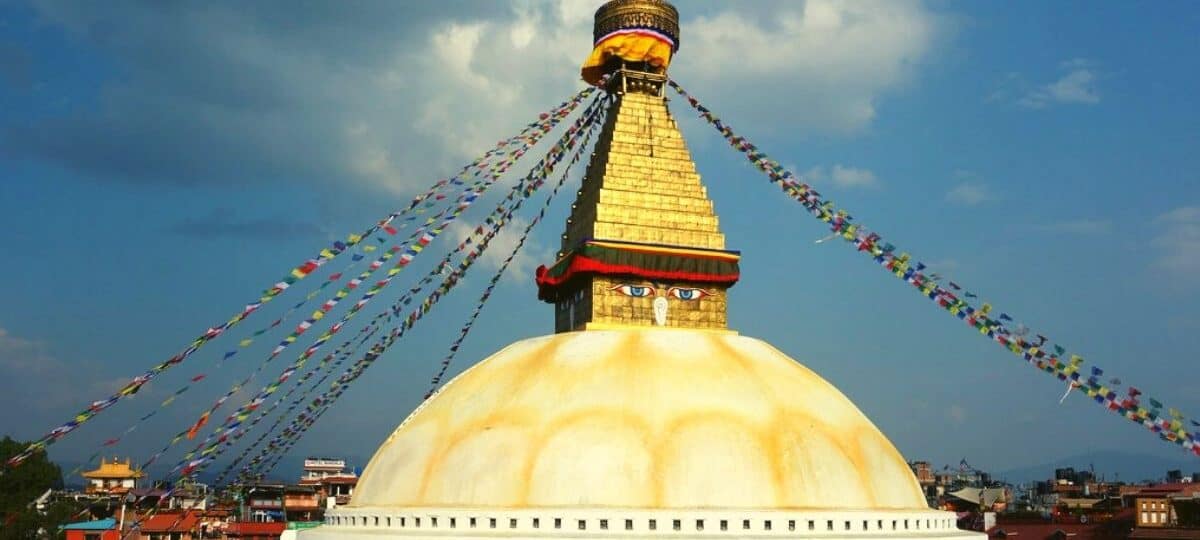
Stupas demonstrate the triumph of the wisdom of enlightenment over the ignorance of suffering. They are monuments to the possibility of freedom from suffering for all beings. They signal the triumphant reality of a nature that enables beings to evolve to experience perfect bliss beyond death and unsatisfactory life. Stupas stand as eloquent testimony to the purpose of listening in life, beyond competing or fighting, receiving or spending. Consciously or subliminally, they help to turn people’s minds away from their frustrating obsessions and their own higher potential.

The stupa, which was widespread throughout Asia, developed into more than a relic monument. It has become an expression of enlightenment. Statues represent the body of the Buddha, Dharma texts represent his speech. Stupas are representations of the spirits of the Buddha. They show the way to enlightenment, or how the mind can realize its full potential and can be transformed into enlightenment. Stupas can be seen as expressions of the five elements.
The earth, which spreads in the four directions, forms the solid basis.
The dome is the Garbha (womb), original, creative water, formless potentiality. It is also called anda or egg.
The conical tip is fire that always rises upwards. It represents the wisdom that burns ignorance.
The crescent moon is air, expanding, growing and decreasing (an ancient symbol of the feminine).
The circle is space, wholeness, wholeness, without end or beginning.

Finally, above the circle is a jewel that represents a higher state of reality that has gone beyond the five elements. It is the ushnisha that is present on the crowns of all Buddhas and reveals their perfect, enlightened state. This ascent to perfection is precisely executed in an enlightenment stupa.
The basis represents ethics, the abandonment of the ten non-virtues of Köroer language and spirit the basis of the path. The practice that leads to enlightenment is built on this basis. Above the base is the throne on which the actual stupa is placed. Above the throne are four steps, the four thoughts, the four perfect endeavors, the four wonderful deeds, and the five powers. The basis of the vase are the five forces.
The dome or vase represents the seven aspects of the Enlightenment. Where the actual Buddha is located, he represents the heavenly house of enlightened beings. The harmika or the cube is the culmination of all previous achievements. There one enters the path of the higher beings and is the point on the path where one first directly recognizes unselfishness or emptiness. Stupas in Nepal have eyes painted on the harmika to emphasize this crucial moment of perception.
The basis is ethics, the dome and harmica are the way. Beyond that, the result begins the conical tower, where wisdom burns up the rest of ignorance. The thirteen rings symbolize the ten powers (or bhumis) and the three near mindfulnesses of the Buddha.

Above the screen are the moon and the sun, and these two represent bodhichitta the altruistic intention to bring all beings out of the suffering and into the bliss of enlightenment. There are two types of bodhichitta, conventional and ultimate. The moon symbolizes the conventional bodhicitta and the ultimate bodhicitta of the sun. Above the sun, the jewel is the end result, enlightenment or Buddhahood.
The Mahaparinirvana sutra tells us that it was the Buddha himself who outlined the basic design of the stupa. The story begins on the Buddha’s deathbed. Realizing that death was imminent, the Buddha gave instructions on the disposition of his body. He said his body should be cremated and the relics divided and locked in four different monuments. These monuments were to be erected in the following locations and mark important milestones on the Buddha’s spiritual journey. in Lumbini, where he was born, in Bodhgaya, where he attained enlightenment, in Sarnath, where he gave his first apprenticeship, and in Kushinagar, where he died, Parinirvana, or final liberation, entered.
